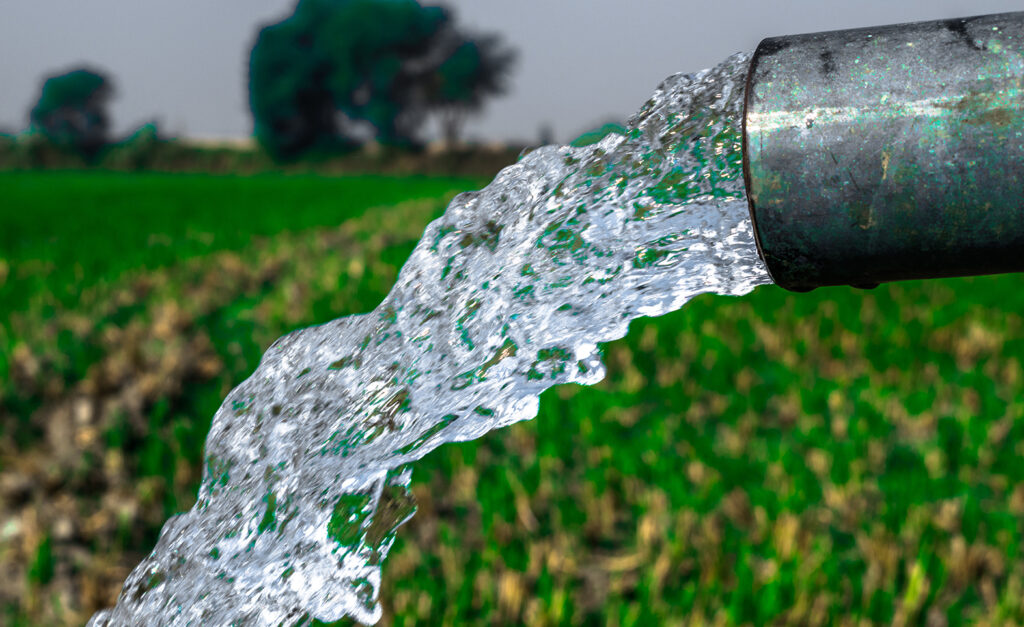Resources
Our colleagues who manage the Fluoride Free Alliance UK website have created Resource pages which provide valuable insights into the Water Fluoridation scene in the UK. Topics can be selected from two drop-down menus.
Protecting a Belief System
A 2019 article written for Weston A Price by Prof. Paul Connett of Fluoride Action Network, which explains the current issues surrounding Water Fluoridation
The Latest Science Indicates that the Practice Must Stop
“Tackling Tooth Decay On The Cheap”
This link leads to an interesting article by Frank Zelco of the University of Hawaii at Manoa: Tackling Tooth Decay On The Cheap
Water Quality Reports – Northumbrian Water
How to check the chemicals in the drinking water provided by Northumbrian Water (NWL). Finding your report is not the easiest on this website since it seems to be buried quite deep in the site.
Click on Northumbrian Water, Water Quality Report to take you to the beginning of your journey ….
- A little way down the page which appears, you will be prompted to click on a Search Icon
- This takes you to another web page in which you can either add your address or your post code.
- Add your post code and scroll down the list of addresses to your address.
- Click on your address.
- A new page appears which gives you information about your local drinking water “scene”. Scroll down the page until you finally get the chance to download the full report.
- The Report becomes available to download top right of your screen.
- Don’t give up hope yet! This is a long report full of interesting information but to find out the concentration of fluoride in your drinking water, you need to scroll down to the final pages. It’s not exactly user-friendly because much is not in alphabetical order. If necessary, use Ctrl +F to perform a search.
Those pesky units
Units for the chemicals in your drinking water are either mg/l or μg/l. 1 mg/l is one-millionth of a kilo or one-thousandth of a gram. 1 μg/l is one thousand millionth of a kilo or 1 millionth of a gram. Notice the units before you look at the values detected which are either min., av. or max. It is not possible to calculate for how long the drinking water contained the maximum or minimum levels.
The maximum allowable per litre for each chemical (chemical parameter) is in the column headed “PCV Limit”.
1 μg (1 microgram) is equivalent to 0.001 mg and is a very tiny amount indeed.
Put in another way, 100 μg is the same as 0.1 mg (0.1 milligram)
10 ug/litre (0.01 mg) is the maximum allowable concentration of arsenic and lead.
If your water is fluoridated, the max. concentration of fluoride would be approx. 1mg/litre. In Hartlepool, the raw water prior to treatment is 1.9 mg f/litre but it is 1.3 mg/l at the kitchen tap. Although diluted with non-fluoride water from outside the area, NWL cannot dilute it further to bring it down to 1mg f/l due to DEFRA’s controls on groundwater extraction.
Fluoride is a toxin
Note the tiny margin of safety between 1mg fluoride/litre and the absolute maximum allowable in Europe of 1.5 mg fluoride/litre. The safety margin is totally inadequate. Since fluoride is a toxin, there should be a greater safety margin to protect the most vulnerable in society. For toxins, it is usual to apply a margin or factor ten times less than the actual concentration of the substance. Once applied, Water Companies would not be allowed to add more than 0.1 mg fluoride/litre. That would bring an end to Water Fluoridation.
People who object to being fluoridated need to make their MPs and the Government acknowledge that fluoride is a toxin requiring a safety margin and that is a vital point which needs to be expressed when responding to the Public Consultation.
Updated 5th February 2023

